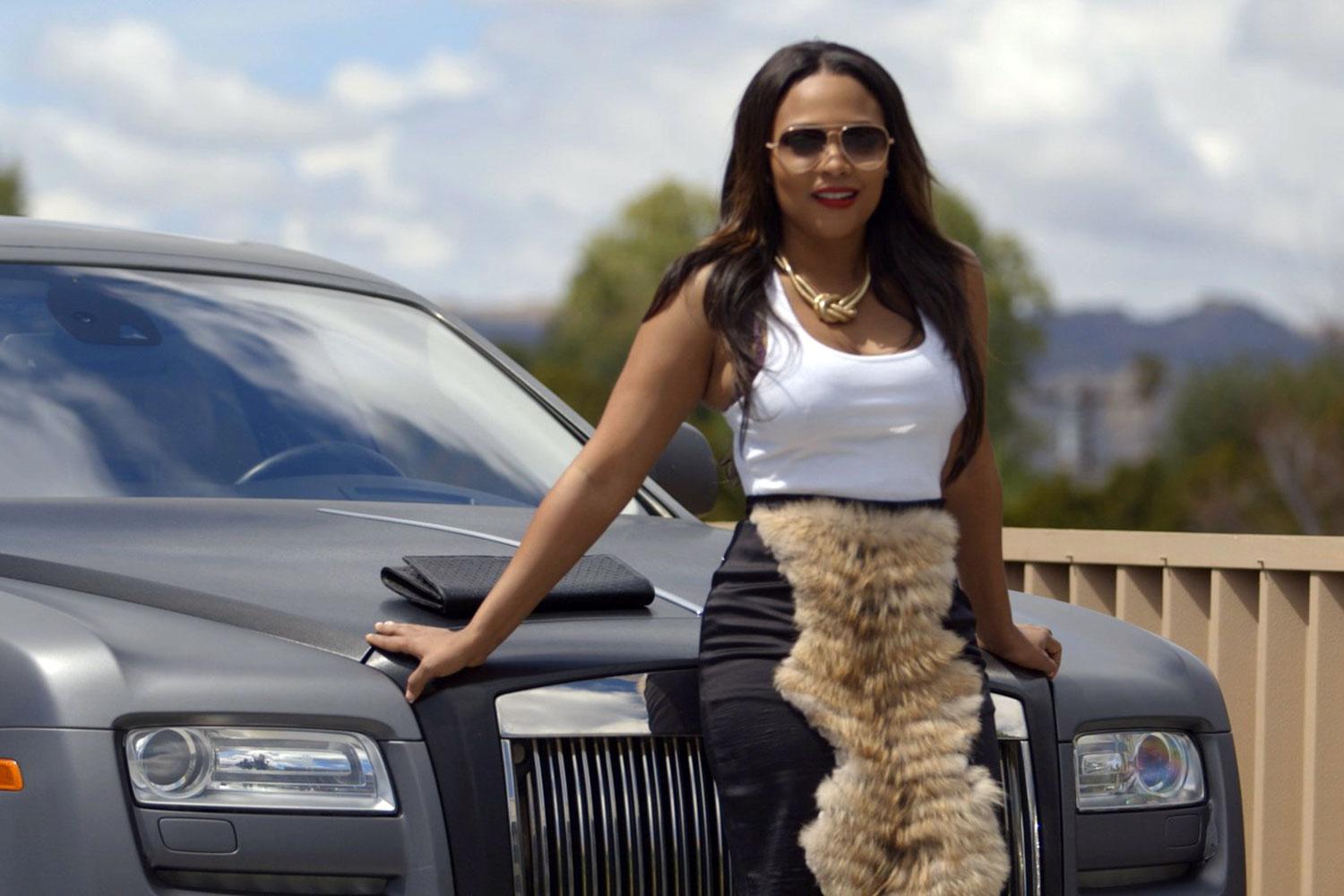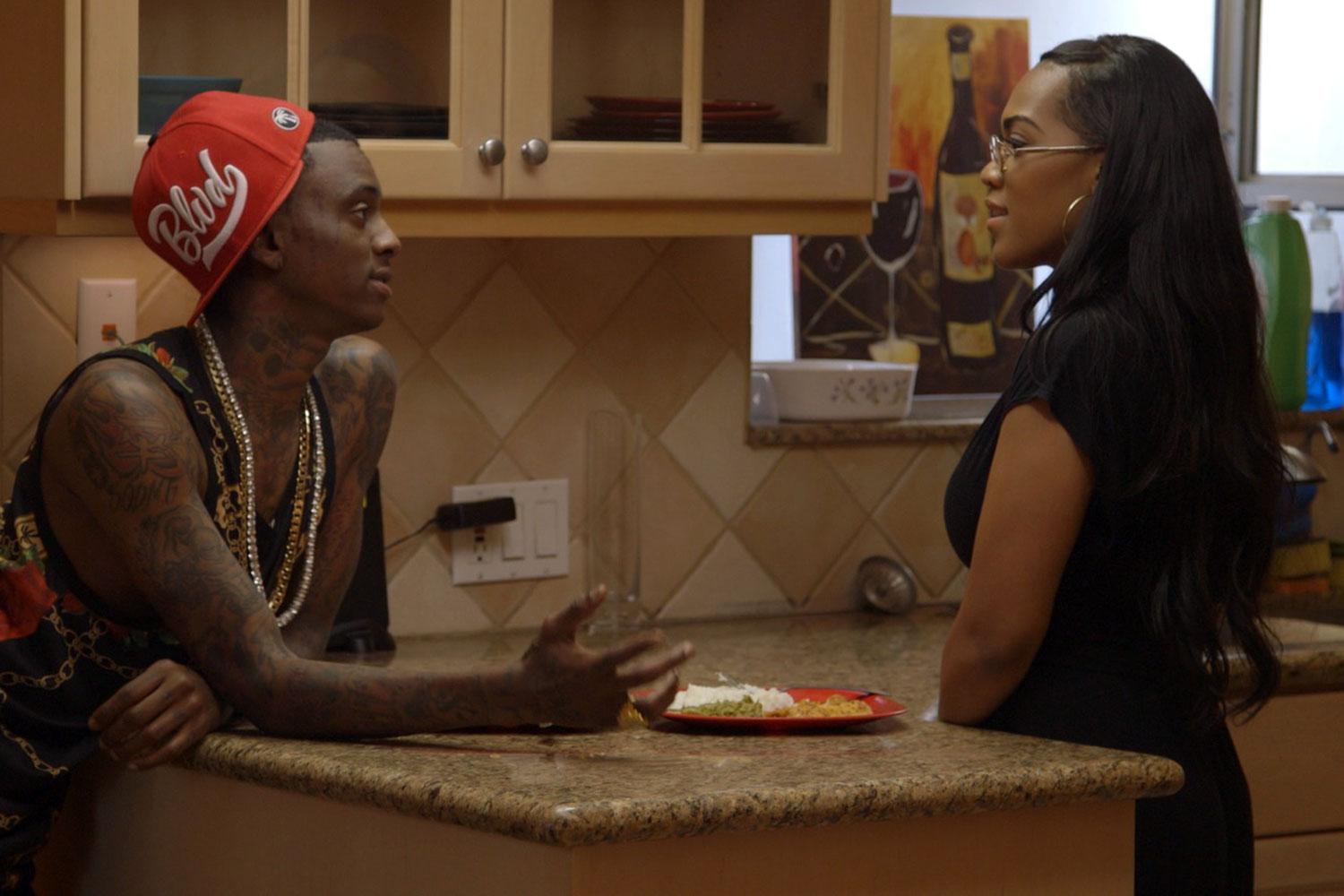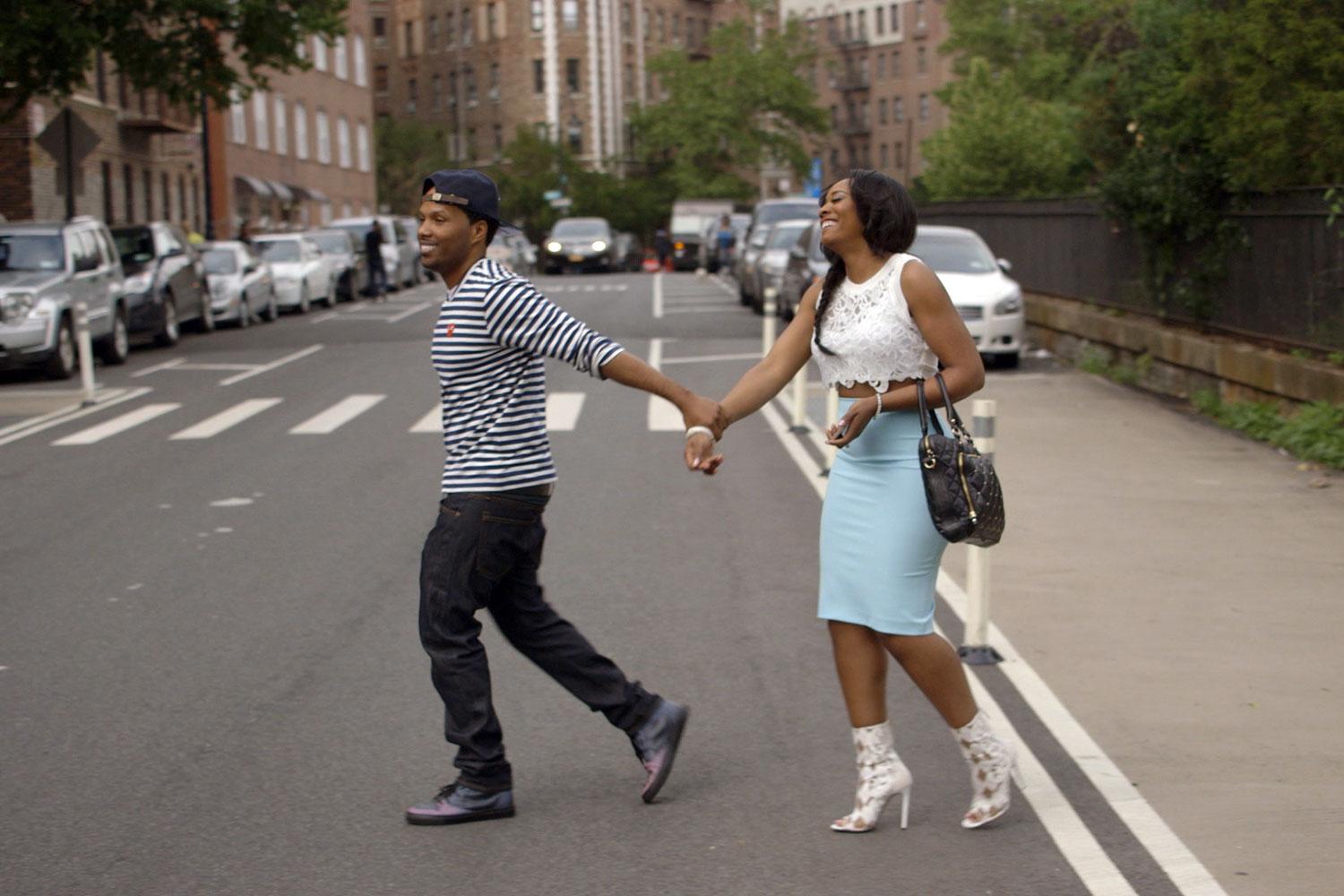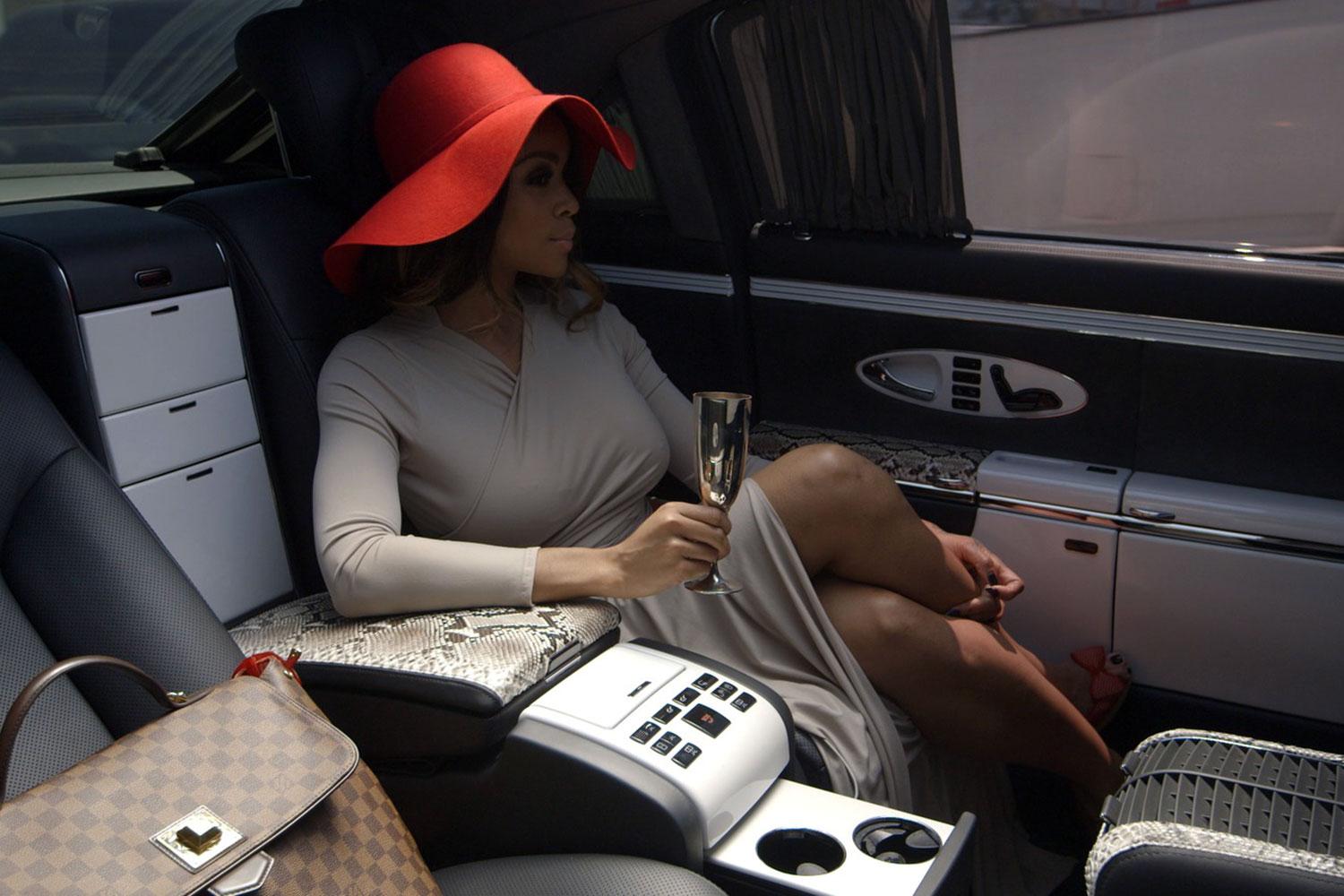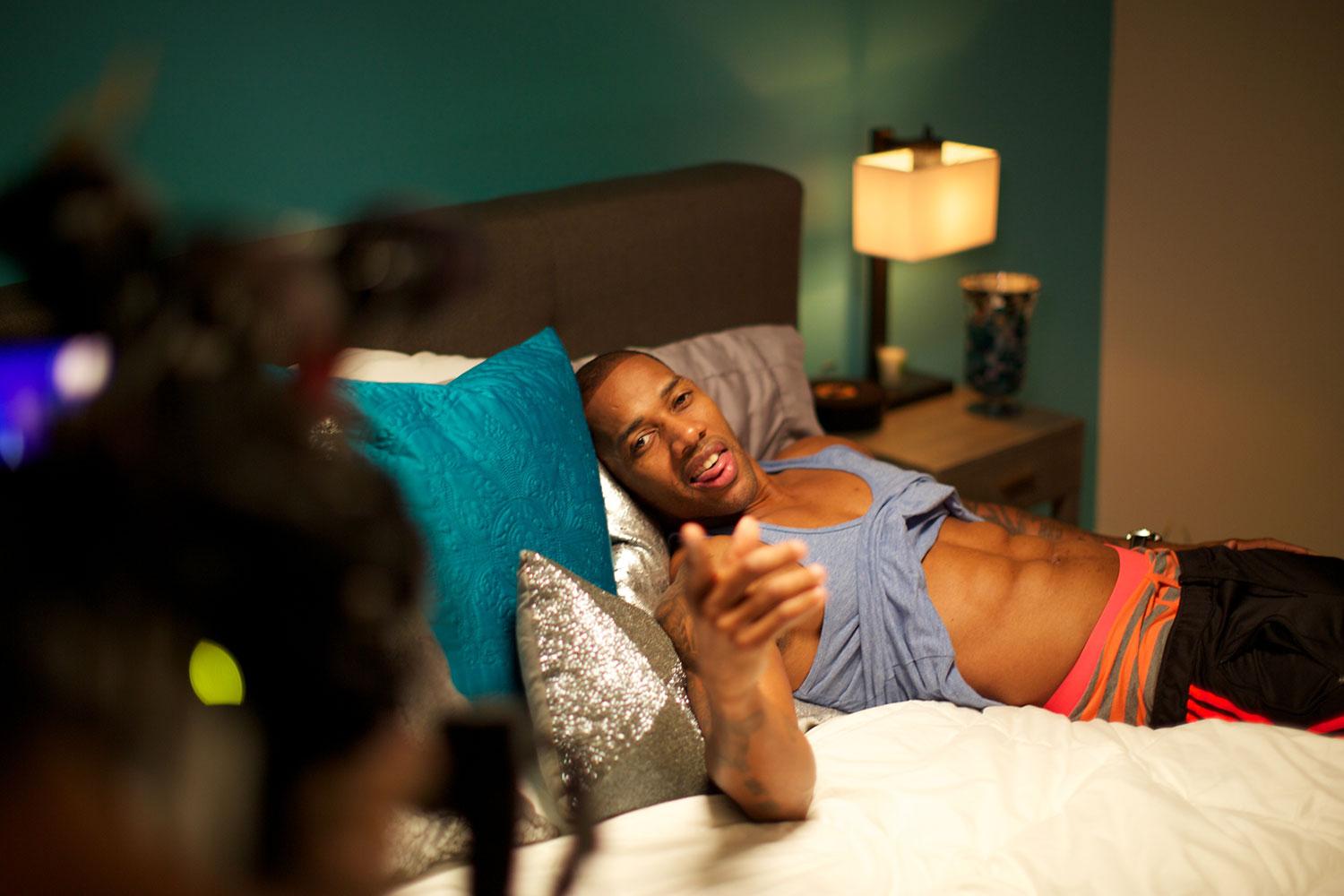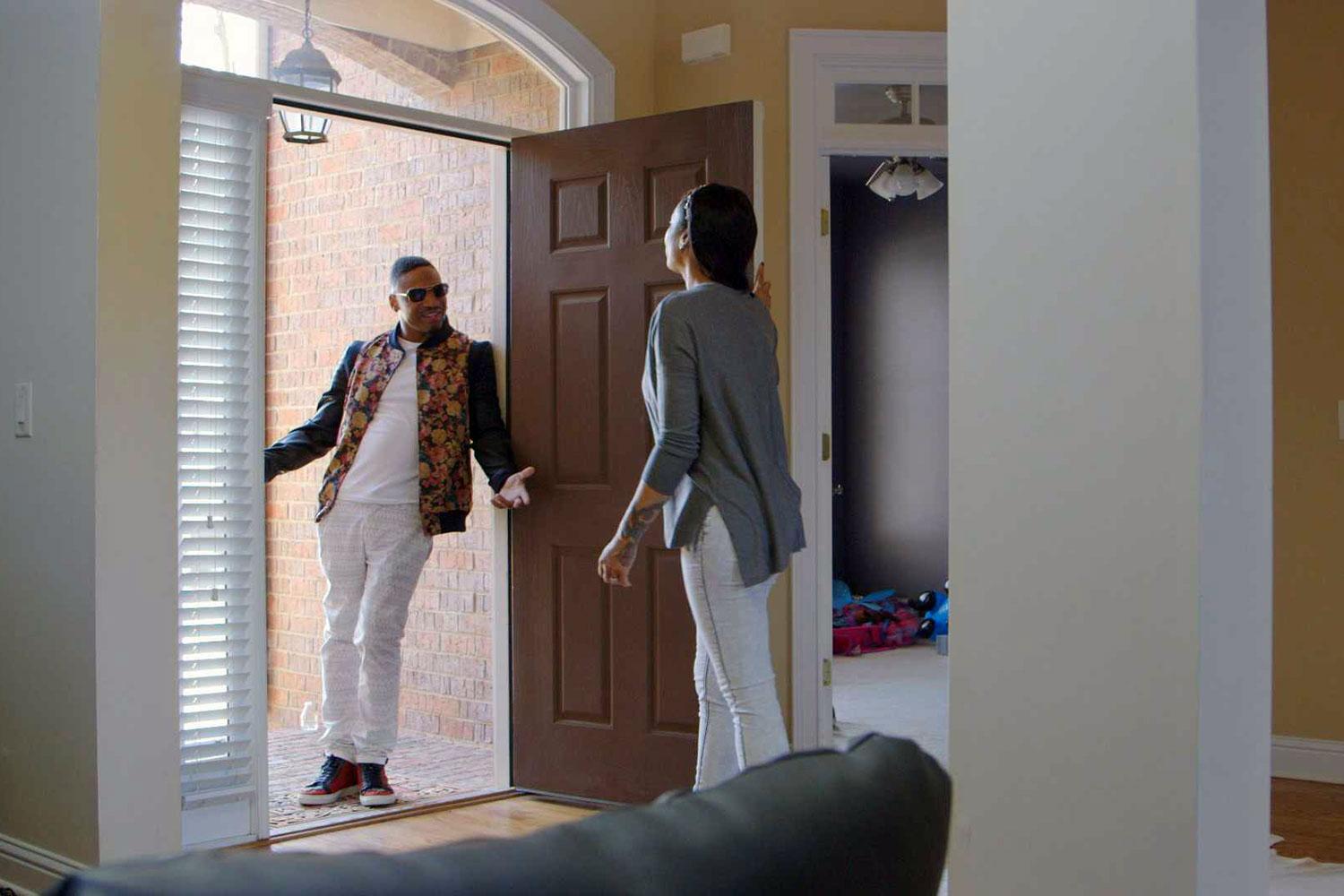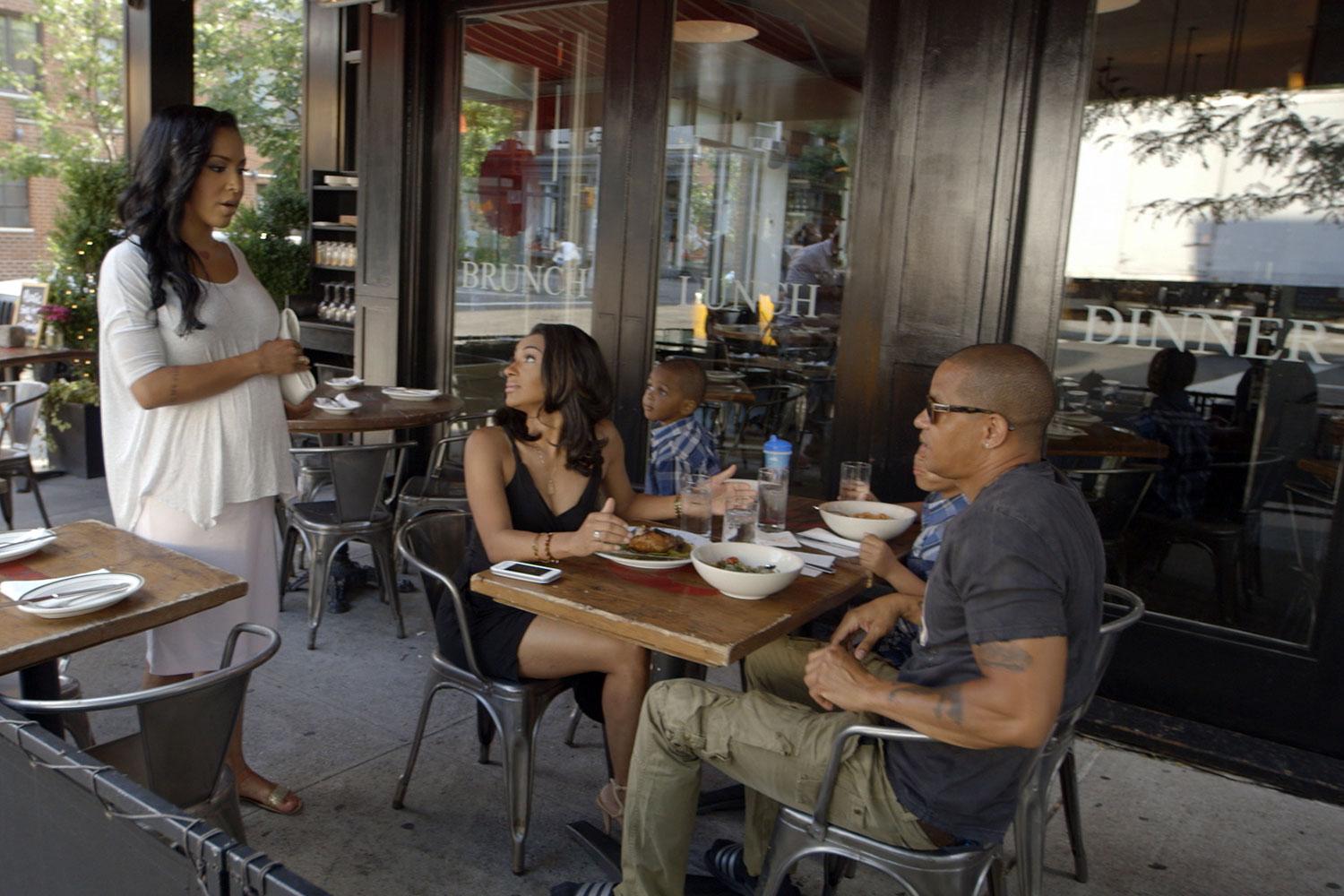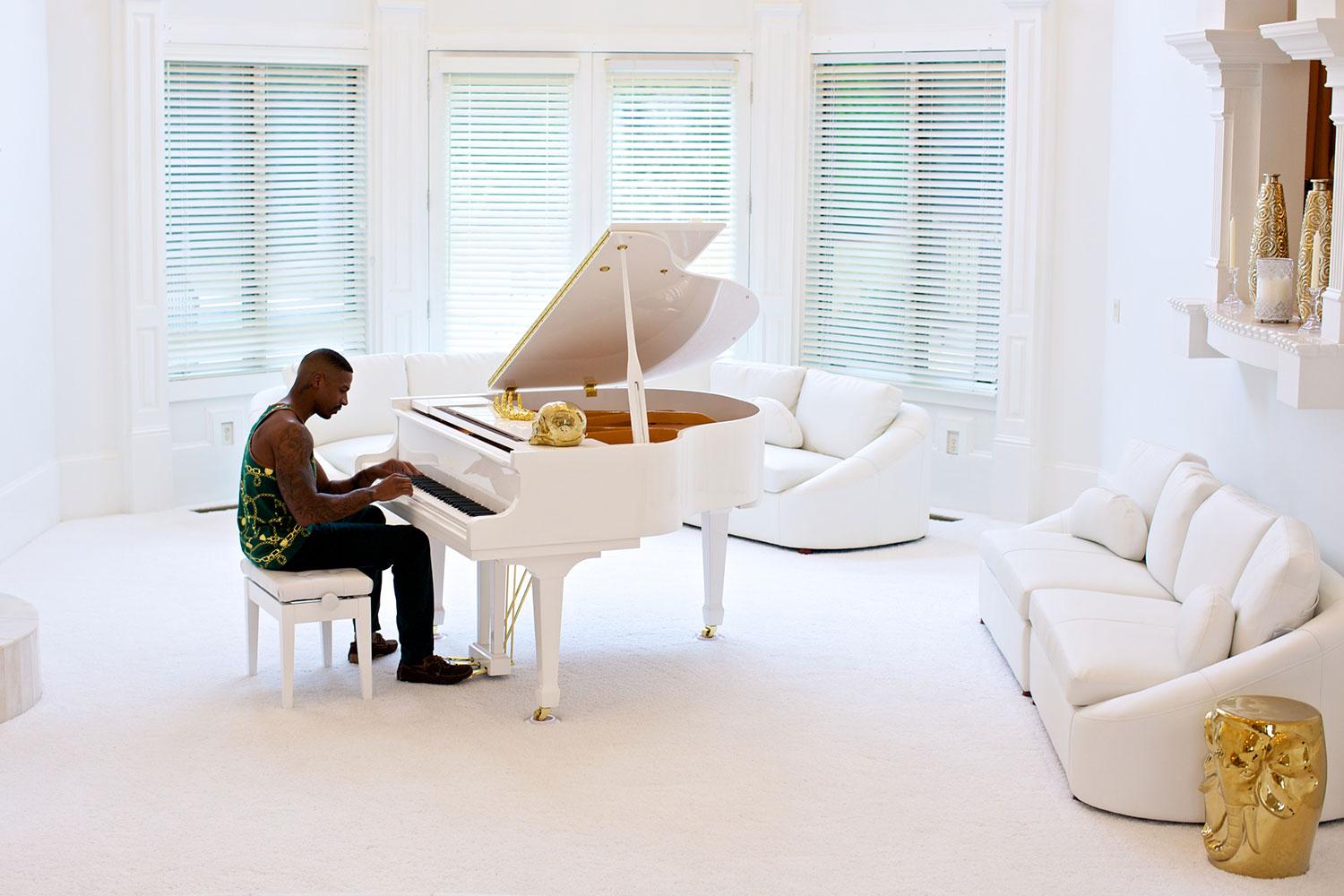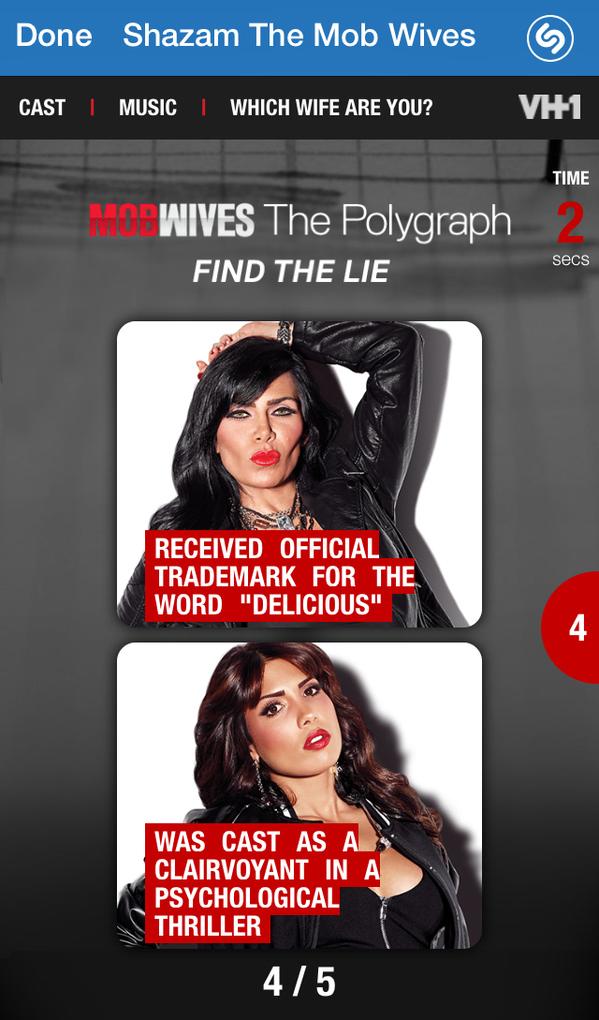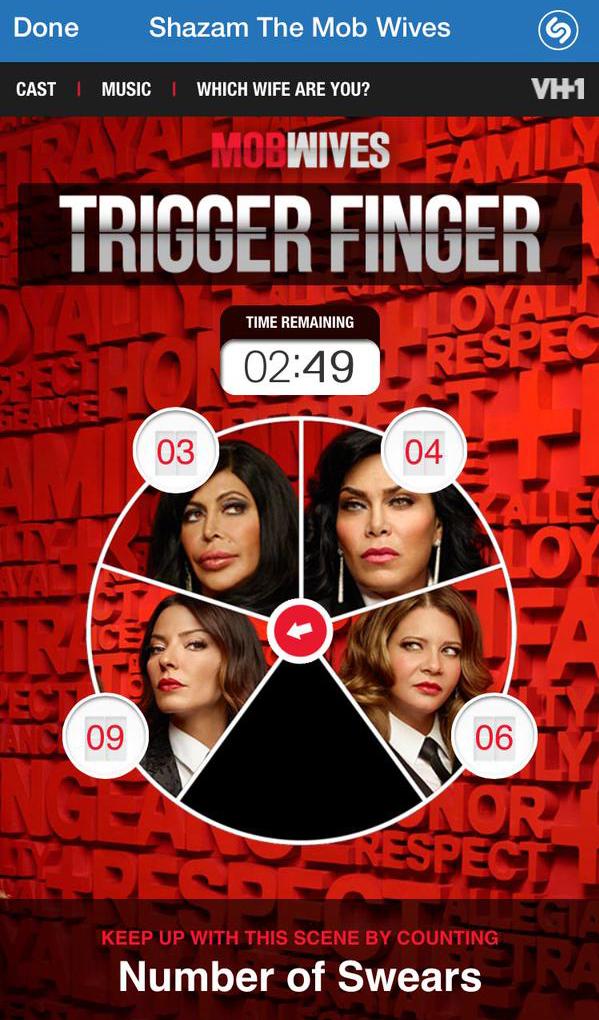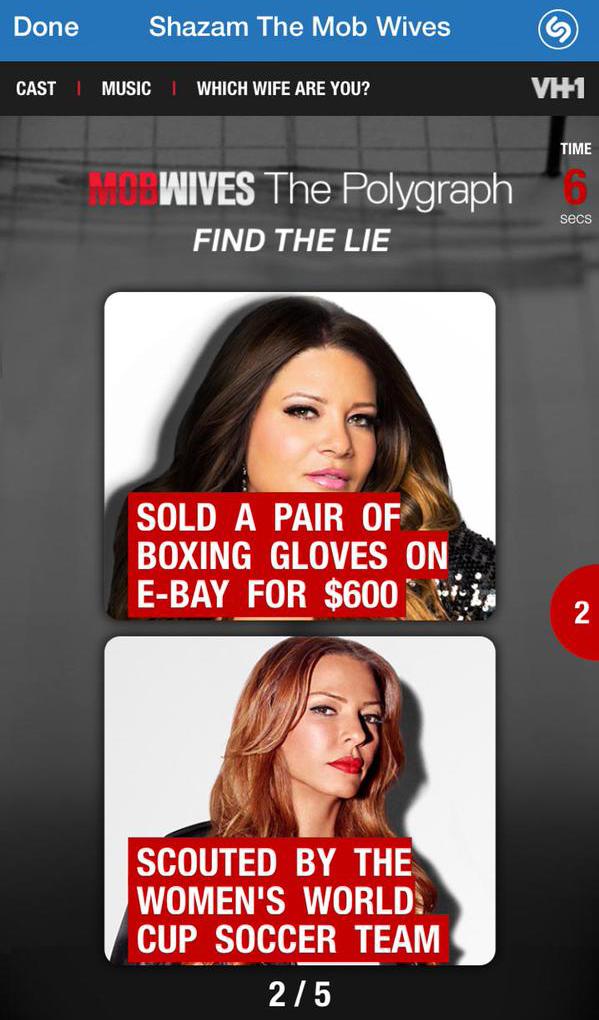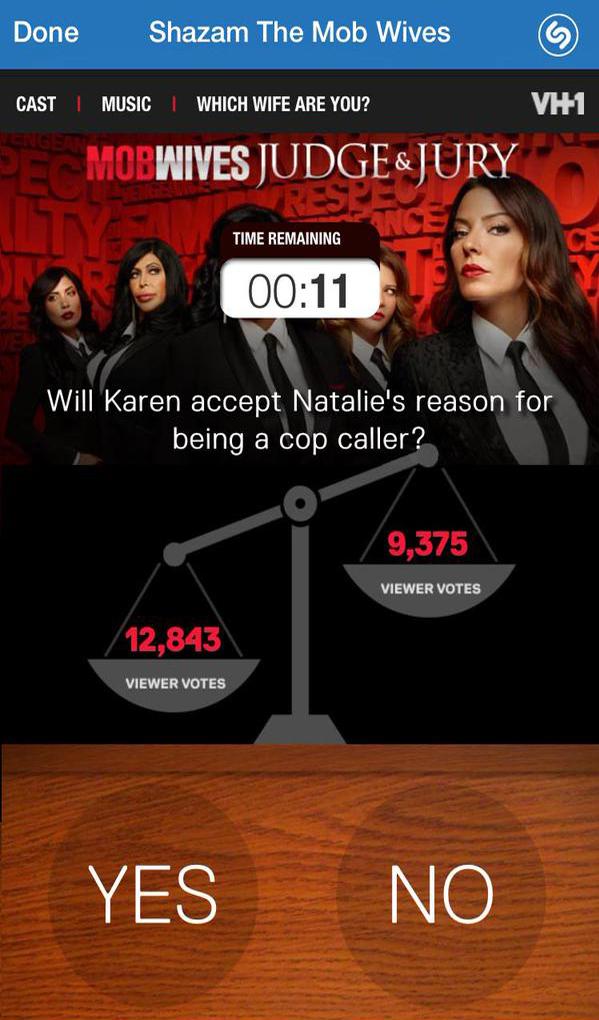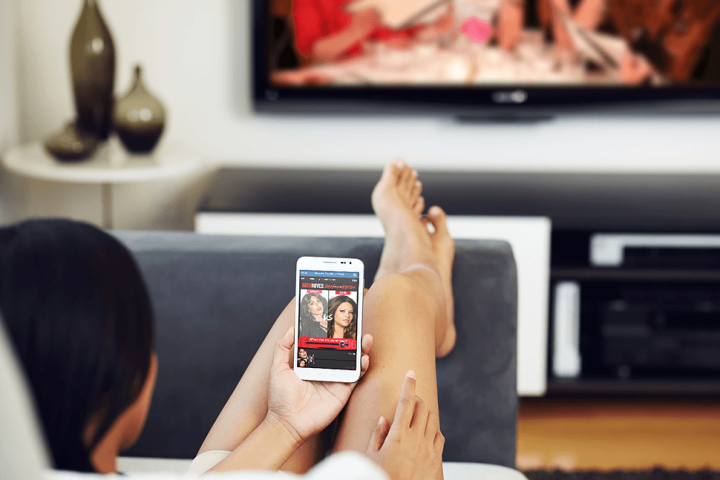
“We track social activity for every show, 24/7, 365.” – Tom Chirico, former Vice President of Digital and Social Engagement at VH1
There’s a war going on that no TV network is safe from, no matter if you’re CNN, Fox News, VH1, or the History Channel.
Every new digital service that lets you live stream with friends, converse with millions, or watch thousands of hours of content means competition for traditional networks, not to mention the potential for piracy and distractions. Eyeballs are migrating from TVs to laptops and mobile devices thanks to subscription on-demand services (SVODs) like Netflix and Hulu that either don’t have commercials or don’t require expensive cable bundles to watch shows. So how can an ordinary network compete?
VH1 has the answers. It has experienced year-over-year primetime growth in four straight quarters from late 2013 to late 2014 even as parent company Viacom choked over a 23-percent year-over-year ratings decline this past January. The secret to VH1’s success: If you can’t beat ’em, Tweet ’em.
The secret to VH1’s success: If you can’t beat ’em, Tweet ’em.
While the industry at large is trying to convince advertisers that viewers are watching TV shows more than three days after its original airing, VH1 has let social media help it redefine success in place of eyeballs. The network saw that 70 percent of Mob Wives viewers weren’t watching the show live, so it partnered with Shazam to place indicators throughout episodes where fans can Shazam what’s on screen and participate in a game, no matter when they watch. Love & Hip Hop has a huge following on Twitter — the @LoveHipHopVH1 account has over 330,000 followers — so VH1 live-streamed the red carpet of Love & Hip Hop‘s first wedding on Twitter’s Periscope. With over 70 percent of Americans owning a social network profile, social media encompasses the millions of potential TV viewers who do not take part in the Nielsen survey for ratings.
Digital Trends recently spoke with Tom Chirico, VH1’s Vice President of Digital + Social Marketing weeks before he joined Twitter’s brand strategy team about what the “social energy” of a show means, whether VH1 content may show up on Spotify’s new platform, and just what goes into VH1’s secret sauce.
Digital Trends: VH1 live-streamed the red carpet of its first wedding, for Love & Hip Hop stars Mendeecees and Yandy Smith. Why did you venture into live streaming, and why choose Periscope over Meerkat?
Tom Chirico: Any brand needs to look at where their audience is and where they’re interacting with the brand. For Love & Hip Hop, and most of our shows, our audience really lives and breathes on Twitter. Given Periscope’s deep, deep integration within Twitter and our sizable following for Love & Hip Hop, it’s only natural that we should leverage that Twitter audience to build an audience around the Periscope stream as well. So I think that the seamless integration between the Twitter and Periscope platform is really making Periscope the live stream platform of choice for VH1.
So someone can ask a question of the host, and the host may relay it to the guest — that’s one way social media and technology have shaped programming and live broadcasts. How else has social media affected the plot or content of Love & Hip Hop?
Love & Hip Hop has really been highly embraced by social media, and the producers have looked to social as a way to help drive the production of the show itself. So for example, we on the VH1 side are really, really close to the production company Eastern, and they want to know what fans are saying about the cast. What the sentiment is. Which characters are popular? What’s the conversation happening around them? What plot lines are most interesting? They actually use that to further inform casting decisions, plot decisions, et cetera, for upcoming seasons. In a tangible way, what they’ll see is, we’ll be working with them and talking with them about the audience response to certain characters and plots — and you may see that cast members that are bigger in social media playing bigger roles in future seasons of Love & Hip Hop. They’re actually using social popularity to inform the show.
We also enable fans to actually have their social commentary be featured within the broadcast itself. That’s far beyond having tweets on air. Last year — and we continue to do this — we rolled out a program with Instagram called Check Your Selfie … based on a video series called Check Yourself. Check Yourself is the cast watching that week’s episode of Love & Hip Hop and filming their reactions. So on-air during Love & Hip Hop we actually have a lower third graphic that comes up in two moments of the show that has a call to action to go to Instagram. Imagine a dramatic scene happens — and then “Hey, do you want to hear Stevie J’s reaction right now to see how HE responds to this scene? Go to Love & Hip Hop on Instagram and watch!” Also, share your selfie reaction with #CheckYourSelfie to have your reaction featured within Love & Hip Hop during the encore. We take a collection of fan selfies for every episode and feature those selfies at those pivotal moments in the repeat airings.
That’s beyond breaking down the fourth wall: That’s like blending the walls. VH1 is one of the first major networks to heavily use the new Nielsen Twitter TV ratings, which debuted in October 2013. Has VH1 followed those ratings before this season?
“At VH1 the ratings itself and the social energy around the show are of equal importance.”
No, this isn’t the first time and we’ve used other metrics and data tools prior to measure the social conversation and overall fan energy around every show, not just Love & Hip Hop. Hugely important metric for us. Not just from a ranking perspective or to see how we stack up against other shows, but it’s a real success factor for us in evaluating our programming. We can have shows that we see maybe don’t have the biggest ratings but have a huge social following, and that may help inform how that show can go on for future seasons.
I would say at VH1 the ratings itself and the social energy around the show are of equal importance, and that’s a tremendous testament to the leadership here at VH1 and Viacom; understanding what the future of data and research is.
So social media performance is as important as TV rating performance to VH1?
Absolutely.
That seems to be a pervasive idea among a few networks. For example, Comedy Central’s Broad City came from YouTube, went onto Comedy Central, and inspired the network to create the Comedy Central app. Broad City has never been a big ratings hit, but it’s huge on social media, and Comedy Central renewed for a third season before the second even aired. Are we in an age where a show can be really good on social media, get poor ratings — and still get renewed?
Absolutely. I would say that the way that we measure the success of content, of television programming, has drastically changed. No longer is it just about what the Nielsen linear ratings say. In fact, that’s now only one piece of a much larger pie. If you look at trends across television, you’re seeing ratings decline really across the board for everything other than sports. That’s because of the availability of content whenever and wherever fans want to watch it and that’s not always measured by Nielsen.
That means you need to look at a much bigger and more holistic pie to determine the audience and success metrics around a show. So instead of simply looking at “how did it do at Wednesday at 8?” you’re also looking at “what was the social activity around the show?” “How many people are watching on phones and TV everywhere apps?” “How many people are watching on-demand and streaming?” Those things stacked together then add up to a pretty robust picture of what success looks like for a program. But no longer is that simply the premier ratings.
That’s a huge shift. But this is still a business at the end of the day, and ratings usually are what lures in the advertisements. How has social media affected the ad value of VH1 programming?
Viacom works specifically through a group share we have called Velocity, which is our integrated marketing group. They’re selling converted packaged and sometimes social-only packages around the most popular shows on social media. That’s what brands are coming to us and demanding. It’s simply not enough to have a 30-second spot in a popular TV show; what we’re seeing is the shows that brands want to be integrated within are the ones that are big in social media. You mentioned Broad City — I think Teen Wolf at MTV is another great example and certainly Love & Hip Hop.
“They’re actually using social popularity to inform the show.”
Love & Hip Hop is actually the outlier in the sense that it still does drive a tremendously large linear Nielsen rating. Those other shows that I mentioned may not have ratings as high as Love & Hip Hop but are attracting a tremendous amount of sponsor energy. Probably some of or most of the sponsors attracted against those shows more so than the entire slate of programming on those networks. And they’re doing that because of the social energy around those shows.
How did VH1’s partnership with Shazam for Mob Wives work?
When a fan would Shazam the show they would be served a time-synced game to the very moment that they’re watching in Mob Wives. Say there’s an argument in Mob Wives in a restaurant, and in the scene a whole bunch of plates and glasses get smashed. Right before that scene happens, we’ll put a call-to-action on air that says “Shazam this moment now to play along.” When someone Shazams the show — and whether they’re watching the show on TV time-shifted, whether they’re watching on their laptop or a tablet — when they Shazam it, they’re then able to play the game. I think the game for that scene was count how many glasses were smashed. That was a tremendously successful campaign for us.

Throughout the season we saw 120,000 unique Shazams of Mob Wives. If you think about how people use Shazam, it’s typically around “what song am I hearing on the radio?” or “Can I Shazam this commercial to unlock special content?” But we were really the first brand to integrate Shazam deeply into playing along with a show in a time-shifted way. That really speaks to the kind of innovative experiences that we’re building at VH1.
Do you see any correlation between shows that have high social-media performance and higher Live+3 or Live+7 ratings [which covers viewership live and over the next 3 or 7 days via DVR]?
The short answer is yes. Social media activity in the live airing of the show flat out, affirmatively drives Live+3 and L+7 ratings. If you want to watch a thing that everyone at the watercooler is talking about the next day or that night, you don’t want to be the one that misses out on not knowing some of the biggest moments in entertainment. So when we have a show that has tremendous social activity, like Love & Hip Hop or Broad City, social activity that happens in the live certainly impacts the ratings. You’ll even see, if you look closely at the data for some shows, that L+3 and L+7 rating will fluctuate dependent, and it’s almost an exact correlation, to the amount of social activity that happens for that week’s live episode.
Are there any new technologies VH1 is looking to experiment with on its TV shows, in the same way it has with Periscope and Twitter?
Recently, we’ve launched our presence on the messaging app Kik, which is kind of blowing up. There’s over 200 million users in the U.S. We’re seeing a huge amount of engagement when we put our content on Kik. I think that messaging apps and messaging in general is going to be a really big trend you’re going to see brands use to engage with fans, because people are now expecting that sort of 1-to-1 conversation with a brand or a show in a real meaningful way. If that’s Kik, Facebook Messenger, or even Twitter’s new-ish Group Direct Message function, I think that 1-to-1 closed network of fans and show talent or fans and shows is going to be a really big trend. Kik is just the start of that for VH1. In the future, we’re going to be experimenting with so much stuff.
Any impressions on Spotify offering video clips in its new update, similar to what Snapchat does with Discover?
We’re interested in pursuing anything wherever our audience is. Spotify is certainly a place that we know many of our fans congregate in, and we’re pretty active there in publishing playlists from our shows and overall music and pop culture clips. From a video perspective, it’s going to be really interesting to see if Spotify users embrace video. I think that they will, because people are embracing video anywhere and everywhere.
So as we look at partners like Spotify, we’re going to figure out what we can add that is uniquely VH1 to those platforms and hopefully strike the right kind of partnerships there. Viacom has a pretty deep partnership with Spotify: Comedy Central is one of the first brands to be providing video on Spotify, and I can imagine many of our other brands will follow.
